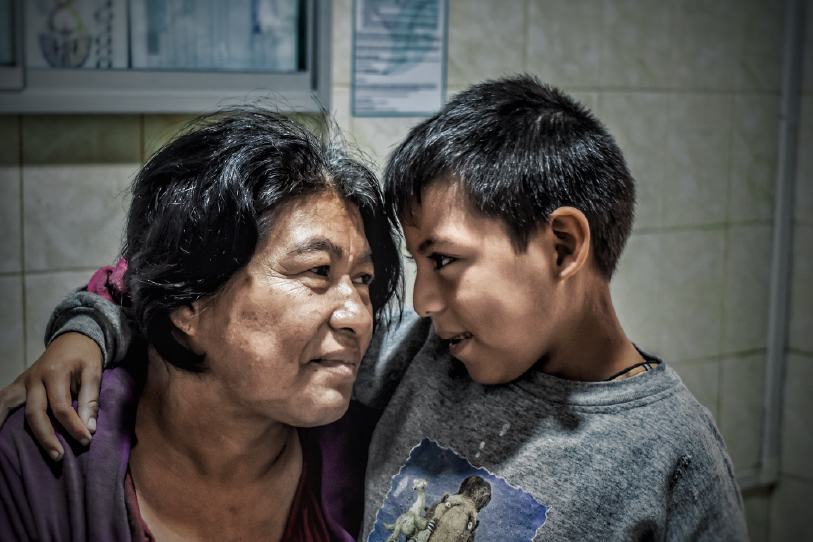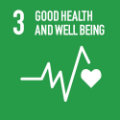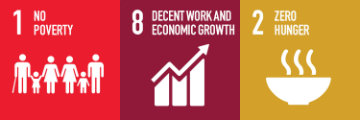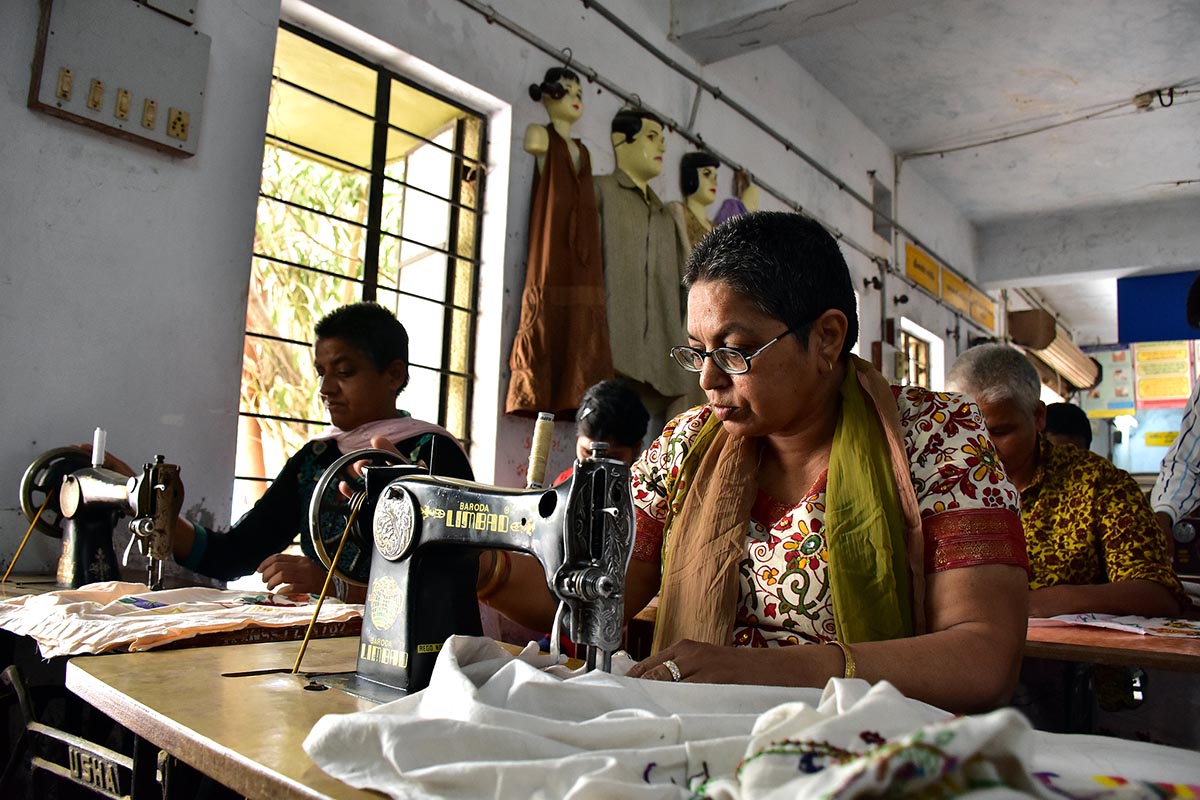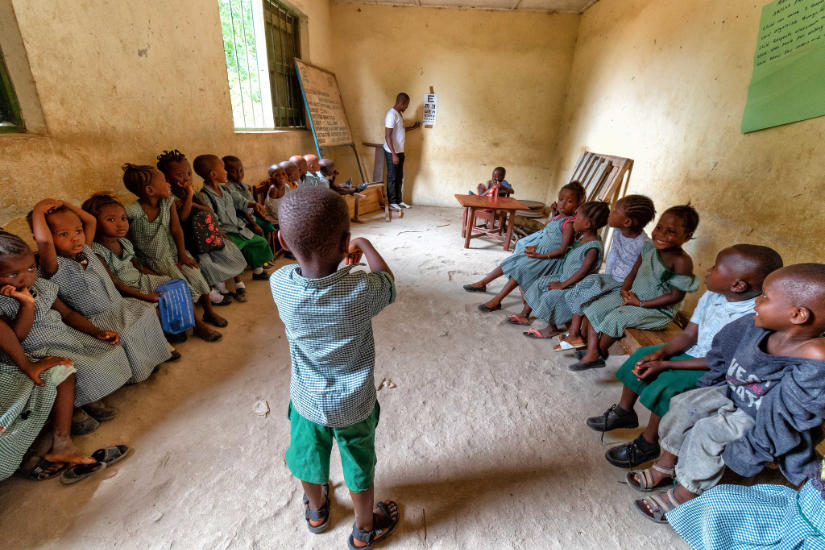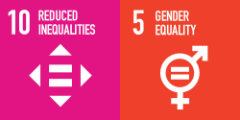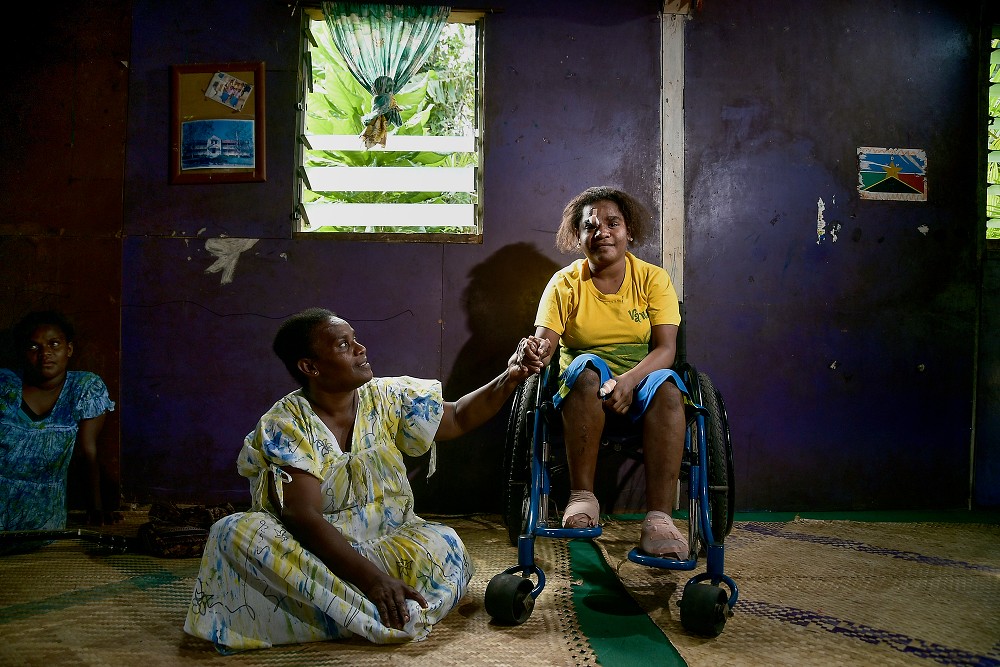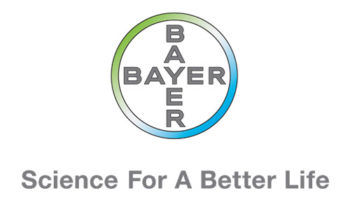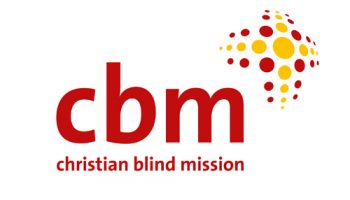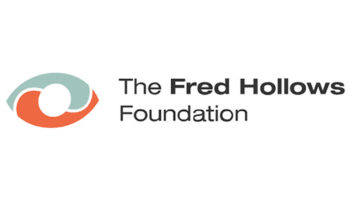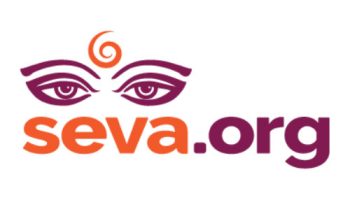- Burton, M., Ramke, J., Marques, A., Bourne, R., Congdon, N., Jones, I. et al. Lancet Global Health Commission on Global Eye Health: Vision Beyond 2020. The Lancet Global Health (2021).
- Ehrlich, J. R. et al. Association between vision impairment and mortality: a systematic review and meta-analysis. The Lancet Global Health (2021).
- Rein, D.B., Wittenborn, J.S., Zhang, P., Sublett, F., Lamuda, P.A., Lundeen, E.A. and Saaddine, J. The economic burden of vision loss and blindness in the United States. Ophthalmology 129.4 (2022): 369-378.
Join a powerful, unprecedented alliance for better eye health for all.
Join IAPB
